
Robert Collins on Unsplash
Many children in Europe are exposed to dangerous levels of air pollution. Authorities in London acknowledged the impact on schoolchildren and revealed plans to reduce the presence of particular matter to match WHO’s limits by 2030. This year’s measures are expected to cut exhaust emissions of PM2.5 from road transport by 35% in the city’s central part.
Children growing up in polluted areas in the British capital have significantly smaller lung volume, with a loss of approximately 5% in capacity – equivalent to two large eggs – compared to their peers in the rest of England, an analysis showed. The Greater London Authority, also known as City Hall, said 98% of schools in London are in areas exceeding World Health Organization pollution limits, compared to 24% in other places.
The report revealed 28 of the 30 local authorities with the highest school levels of particulate matter PM2.5 are in London. The document adds 3.1 million children across England are going to schools in areas exceeding WHO limits in the category.
Mayor Sadiq Khan and his team vowed to double down on efforts to make the air safer for children.
“I want to make sure all of London meets the World Health Organization limits for particulate matter. But I can’t do it alone and I want to work with government to achieve this goal. That’s why I’m asking for the new Environment Bill to include legally binding WHO recommended limits to be achieved by 2030,” he said.

Current, planned measures to extend life expectancy by six months
City Hall pointed out, citing findings from a study that it commissioned, that the air quality policies and wider improvements would increase the average life expectancy of a child born in London in 2013 by six months.
Only a handful of schools in central London were still exposed to illegal NO2 levels in 2019 after stricter standards were rolled out
Measures including the central London Ultra Low Emission Zone (ULEZ) have already cut the number of state schools located in areas with illegal levels of nitrogen dioxide or NO2 pollution by 97% from 2016 to 2019, when there were only 14 left, according to the analysis. Just with the expansion of the ULEZ scheduled for October and tightening of the Low Emission Zone earlier this year for heavy vehicles, PM2.5 exhaust emissions are seen dropping 35% in inner London.
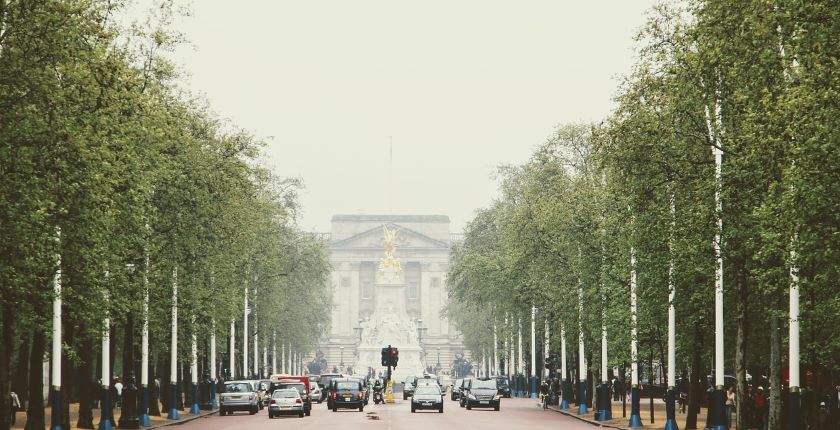
Long way to go after initial progress
Thanks to the central London ULEZ, roadside NO2 concentrations were cut by 44% before the pandemic, compared to 27% in the case of PM2.5. Still, the average concentration around schools in London in 2019, 12 micrograms per cubic meter, was more than double the average concentration in Cumbria, where the level was the lowest in England.
“For too long it has been accepted that children growing up in London will breathe more polluted air than their friends and family outside this great city. But I don’t accept this. I’m doing everything in my power to stop young Londoners breathing air so filthy that it damages their lungs and causes thousands of premature deaths every year,” Khan stressed.
Poor air quality stunts the growth of children’s lungs and worsens chronic illnesses such as asthma, lung and heart disease. Polluting microscopic particles damage brain cells. They may impair cognitive development in children including their ability to learn. Long-term exposure often leads to neurodegenerative diseases and increases the risk of stroke.





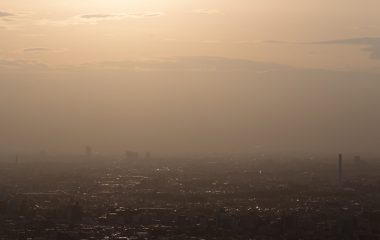
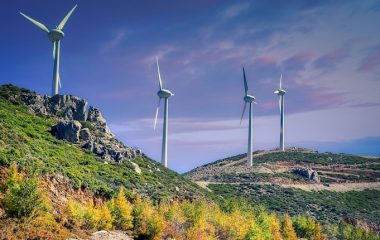
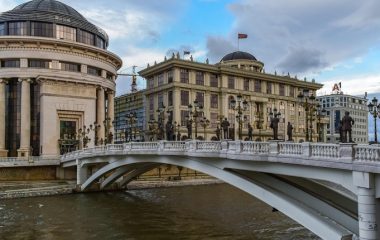
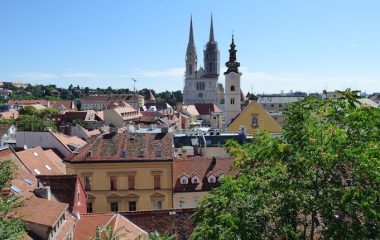
Be the first one to comment on this article.